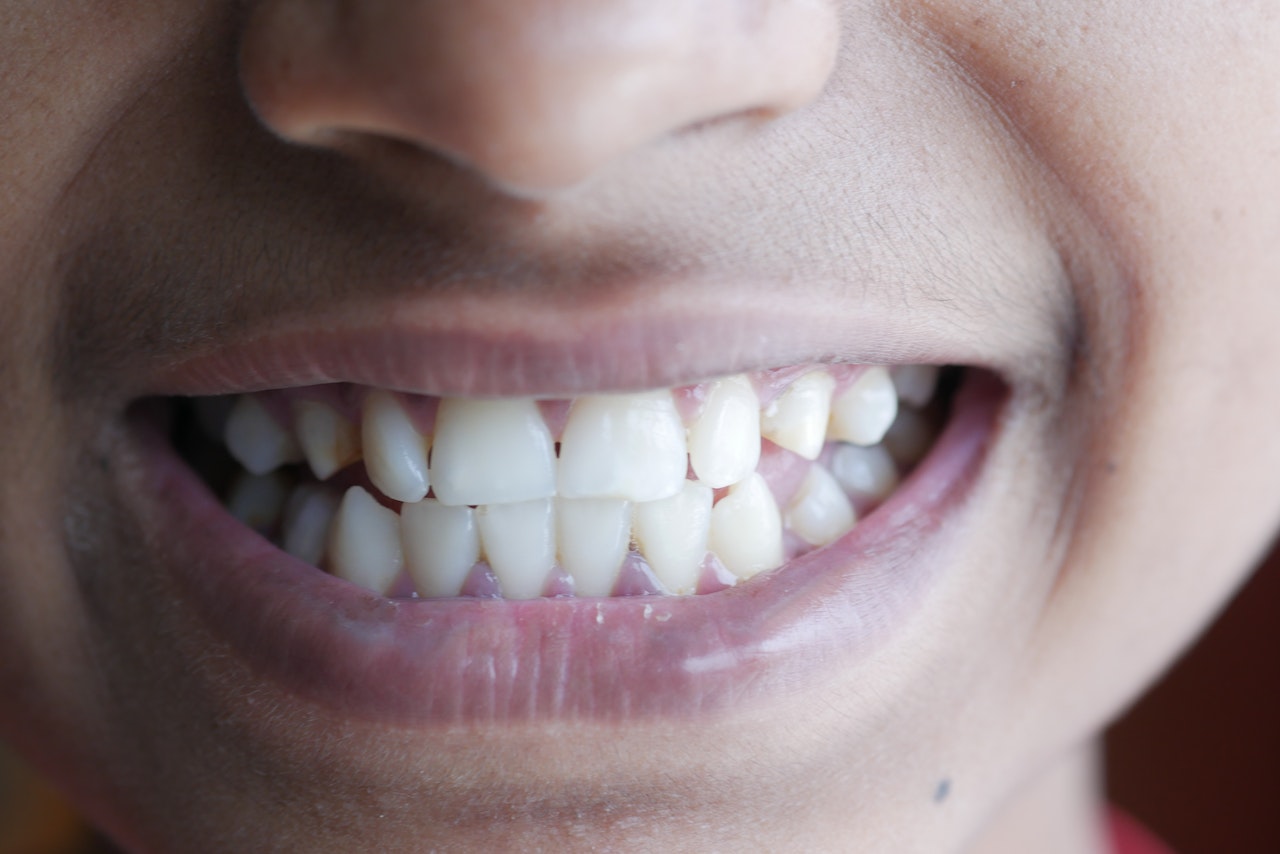Aging is a natural and inevitable process that changes our bodies, including our teeth. As the years pass, teeth undergo a series of transformations that are influenced by genetics, oral hygiene practices, and overall health. In this article, we explore the journey of teeth through aging, shedding light on the various changes that occur over time.
-
Wear and Tear:
The wear and tear that teeth experience over a lifetime is perhaps one of the most noticeable changes. As we age, enamel—the protective outer layer of the teeth—gradually thins, making teeth more susceptible to sensitivity, decay, and damage. Years of chewing, biting, and exposure to acidic foods contribute to enamel erosion, resulting in a less resilient tooth structure.
-
Yellowing and Staining:
Teeth may lose their natural brightness and develop discoloration over time. This is primarily due to the accumulation of surface stains from dietary choices such as coffee, tea, red wine, and tobacco use. Additionally, the inner dentin layer of teeth may darken, causing a yellowing effect as the enamel becomes thinner.
-
Receding Gums:
Gum recession is a common age-related change that can expose the tooth roots and create an elongated appearance. Receding gums are often attributed to factors like gum disease, aggressive brushing, and genetic predisposition. Exposed tooth roots can lead to increased sensitivity and a higher risk of cavities along the gumline.
-
Tooth Sensitivity:
As enamel wears down and gums recede, tooth sensitivity tends to become more pronounced with age. Hot or cold foods and beverages, as well as sugary or acidic substances, can trigger discomfort in individuals with sensitive teeth. Using desensitizing toothpaste and avoiding extreme temperature changes can help manage this sensitivity.
-
Changes in Bite and Alignment:
Over time, changes in the structure of the jawbone and shifts in tooth alignment may alter an individual’s bite. This can lead to issues such as malocclusion (misalignment of the teeth) or changes in the way the upper and lower teeth fit together. Dental treatments like orthodontics or bite adjustment may be needed to address these changes.
-
Increased Risk of Dental Issues:
Age-related factors, such as dry mouth (xerostomia) caused by certain medications or medical conditions, can increase the risk of dental issues. Saliva plays a crucial role in maintaining oral health by washing away food particles and neutralizing acids. Reduced saliva production can lead to a higher risk of cavities, gum disease, and oral infections.
-
Tooth Loss:
Tooth loss is a significant concern as we age, often attributed to a combination of factors, including gum disease, decay, trauma, and genetic predisposition. Missing teeth can impact oral function, facial aesthetics, and self-confidence. Restorative dental options like Worcester dental implants, bridges, or dentures can help address tooth loss and restore functionality.
-
Ongoing Dental Care:
While aging brings about changes to teeth, it’s important to remember that diligent oral care remains crucial throughout life. Regular dental checkups and cleanings help monitor and address age-related dental issues promptly. Practicing good oral hygiene, maintaining a balanced diet, and avoiding harmful habits can contribute to healthier teeth and gums as we age.
In conclusion, the journey of teeth through the aging process is marked by a series of changes that require attention and care. While wear and tear, discoloration, and shifts in alignment are common occurrences, maintaining a proactive approach to oral health can help mitigate the impact of these changes. By understanding the transformations that occur and prioritizing preventive measures, individuals can continue to enjoy healthy and radiant smiles as they navigate the passage of time.

